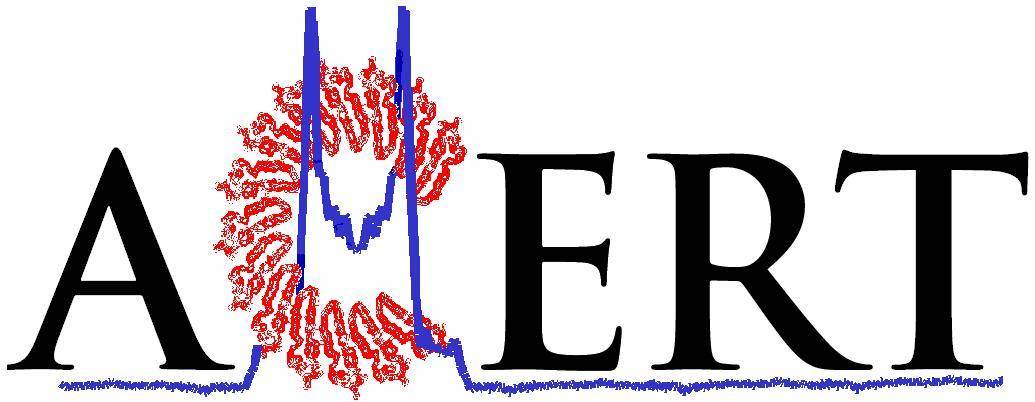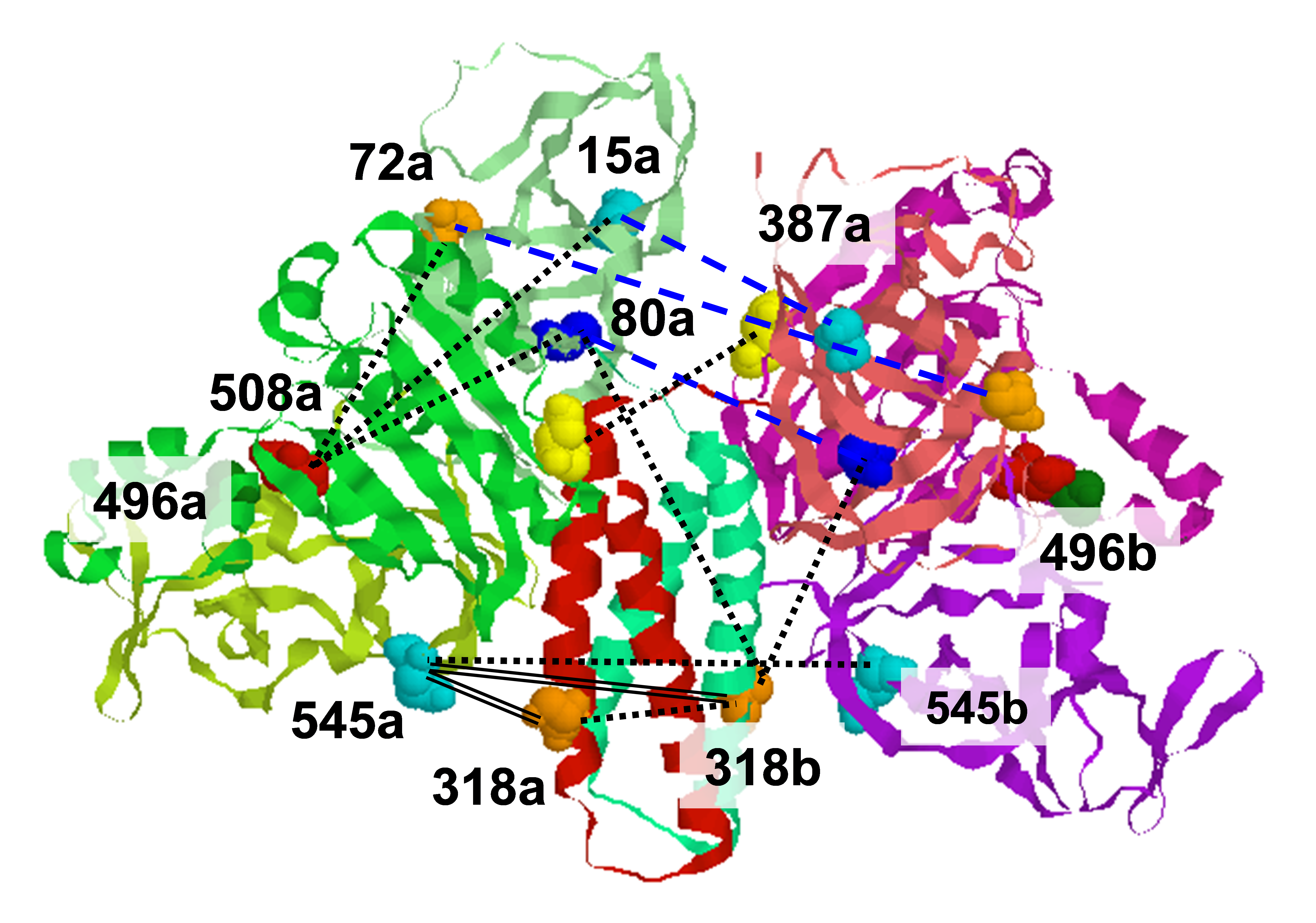.svg) National Institute of General Medical Sciences |
 |
 |
National Biomedical Resource for |
| Pulsed ESR: pulsed 2D Fourier transform ESR |
|
Pulsed two-dimensional ESR has many analogies to 2D-NMR which has frequently been applied to the study of spin-relaxation and dynamics. In the case of NMR spectroscopy, the molecular motion in liquids leads to nearly complete averaging of the motion-dependent terms in the spin Hamiltonian, and their residual effects are then reflected only in the relaxation times T1 and T2. These motional effects may be accounted for by second order perturbation theory, commonly referred to as Redfield theory. However, the equivalent terms for ESR are much larger, so they frequently lead to effects too dramatic to be addressed by perturbation theory. Instead they require an approach, based on the stochastic Liouville equation, known as slow-motional theory. This theory showed that the dramatic lineshape changes are particularly sensitive to the microscopic details of the dynamics. A key challenge of ESR spectroscopy is to distinguish between the homogeneous (hb) and the inhomogeneous line broadening (ib). The needed discrimination may be accomplished with the aid of electron spin echoes. At ACERT we have developed pulse spectrometers with very short dead-times in order to respond rapidly enough for the short relaxation times typical of ESR spectra from nitroxide spin labels in fluid media. Even more powerful 2D-Fourier transform (2D-FT) techniques required wide spectral bandwidths as well as very short dead-times. The availability of the second spectral dimension simultaneously provides the homogeneous broadening and the spin-relaxation processes, as well as elucidating the sources of the inhomogeneous broadening. These virtues of 2D-FT-ESR, in particular of electron-electron double resonance (2D-ELDOR), provide the capability to address both dynamics and local ordering. That is, the extent of local ordering is reflected in the ib, whereas the dynamics is readily studied through the hb and the evolution of the cross-peaks with time. In general, 2D-ELDOR spectra exhibit more dramatic variation as the properties of the system that we studied (e.g., membrane) are changed, as compared to cw-ESR, often making it possible to provide simple qualitative distinctions of the properties of the system. Given the virtues of time-domain ESR, including the direct determination of relaxation rates and differentiation between hb and ib, vs. the virtues of HF-cw-ESR, including enhanced orientational sensitivity and greater sensitivity to the details of the molecular dynamics, it has been an important objective of ours to extend pulse techniques to higher frequencies. The challenge was to develop a coherent pulsed high-power source at mm-wave frequencies. This is because spin-labeled biomolecules in fluid media are expected to have even shorter transverse decay times due to increased homogeneous and inhomogeneous broadening. Thus very short pulses of sufficient intensity are required. Furthermore, the spectral bandwidth of the slow-motional spectra increase with frequency, and this also requires intense short pulses if one is to irradiate the whole spectrum in 2D-FT-ESR experiments. We have recently developed a coherent pulsed high-power spectrometer at 95 GHz which can produce kW pulses of duration as short as 2 ns, which has enabled 2D-ELDOR experiments at the mm-wave frequency. The fast time scales of 2D-FT-ESR enable one to address important biophysical questions relating to the functional dynamics of proteins. Pulsed ESR, based on detection of the spin-echo or FID, is a well-established tool of study in the transient phenomena such as radical reactions or CIDEP. The kinetic resolution is as fast as a few nanoseconds, when the signal is sampled with nanosecond time resolution, whereas the evolution of the whole 1D– or 2D ESR spectrum often has 0.1-1 microsecond resolution, since it requires signal capture during this time window. In fact the same experiment provides all these levels of time resolution depending on how the data are processed. The other virtue is the multiplex advantage of FT-ESR, which results in higher sensitivity. The high time and spectral resolution of FT-ESR combined advanced signal capture techniques for 1D and 2D FT-ESR under development in ACERT is to be applied, in collaboration with Dr. Charles Scholes, to the study of folding and unfolding dynamics of iso-1-cytochrome c and in other collaborations to study fast transient conformational dynamics of several proteins, whose state can be made to change abruptly with a stimulus such as, for example, pH or T jump. |
|
© 2022 |
|
About ACERT Contact Us |
Research |
Outreach |
ACERT is supported by grant 1R24GM146107 from the National Institute of General Medical Sciences (NIGMS), part of the National Institutes of Health. |
|||||
| ||||||||